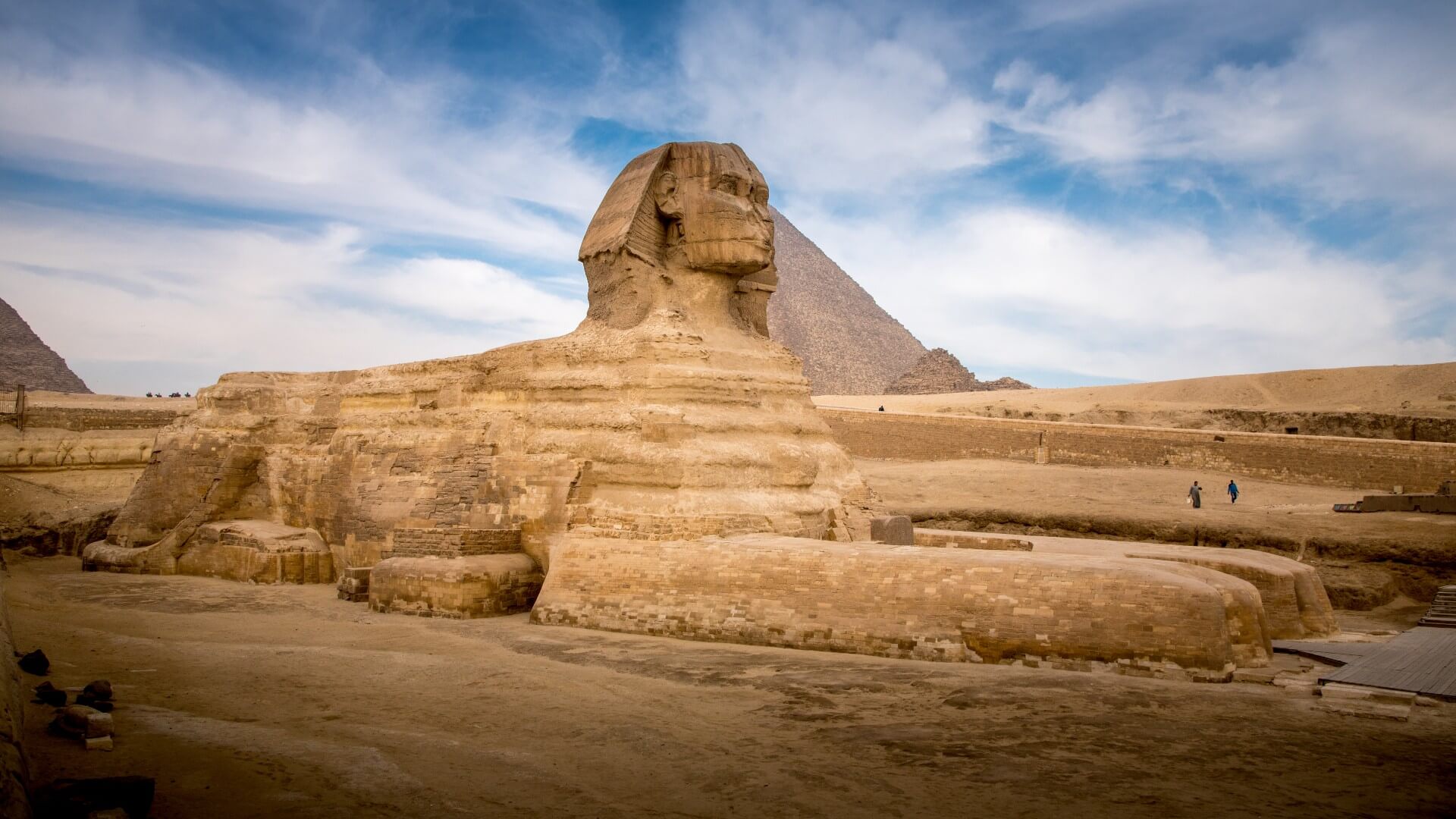The 21st century has witnessed remarkable archaeological discoveries that have reshaped our understanding of human history and prehistory. Some notable highlights include:
- Gobekli Tepe: Often referred to as the world’s oldest temple, this site in South-East Turkey dates back over 11,000 years and has revealed monumental T-shaped pillars with intricate carvings, suggesting complex social structures and religious practices among early humans.
- The Terracotta Army: Discovered in China, this vast collection of life-sized clay soldiers buried with China’s first emperor, Qin Shi Huang, provides insights into ancient Chinese funerary practices and military organization.
- Lost Texts: Advances in technology have allowed researchers to read previously illegible texts, such as those carbonized during the eruption of Mount Vesuvius. This includes significant historical documents that shed light on ancient cultures and events.
- Hominid Burials: Recent findings suggest that non-Homo sapiens, such as Neanderthals, engaged in burial practices, indicating complex cognitive abilities and social behaviors previously thought unique to modern humans.
These discoveries are just a fraction of the significant finds that have emerged in recent decades, illustrating the dynamic nature of archaeology.
Future Trends in Archaeology
Looking ahead, several trends are expected to shape the field of archaeology in the coming years:
- Technological Advancements: The integration of technologies such as Ground Penetrating Radar (GPR) and LIDAR is revolutionizing archaeological surveys. These methods allow for non-invasive exploration of sites, enabling archaeologists to map out potential excavation areas without disturbing the ground. As these technologies become more affordable and widespread, they will likely be employed more routinely across various landscapes.
- Artificial Intelligence: AI is set to play a crucial role in deciphering lost texts and monitoring archaeological sites. For instance, AI can analyze satellite imagery to identify looted or damaged sites. Robots equipped with AI may also be deployed in conflict zones to assess sites at risk of destruction.
- Cyber Archaeology: The concept of cyber archaeology is gaining traction as researchers explore digital spaces alongside physical ones. This involves studying human behavior and cultural artifacts within virtual environments, reflecting modern society’s digital footprint. Such approaches could lead to new methodologies for understanding past human interactions.
- Collaborative Research: Digital networks facilitate real-time collaboration among researchers globally, enhancing data sharing and comparative studies. This collaborative spirit is expected to accelerate archaeological research cycles and improve data accuracy through collective verification processes.
- Focus on Preservation: As conflicts continue to threaten cultural heritage globally, there will be an increased emphasis on documenting and preserving archaeological sites through digital means. Technologies like 3D scanning are proving invaluable for restoration efforts in war-torn areas.
The future of archaeology appears bright, driven by technological innovation and a growing understanding of human history’s complexities. As these advancements unfold, they promise not only to enhance our knowledge but also to protect our shared heritage for future generations.

